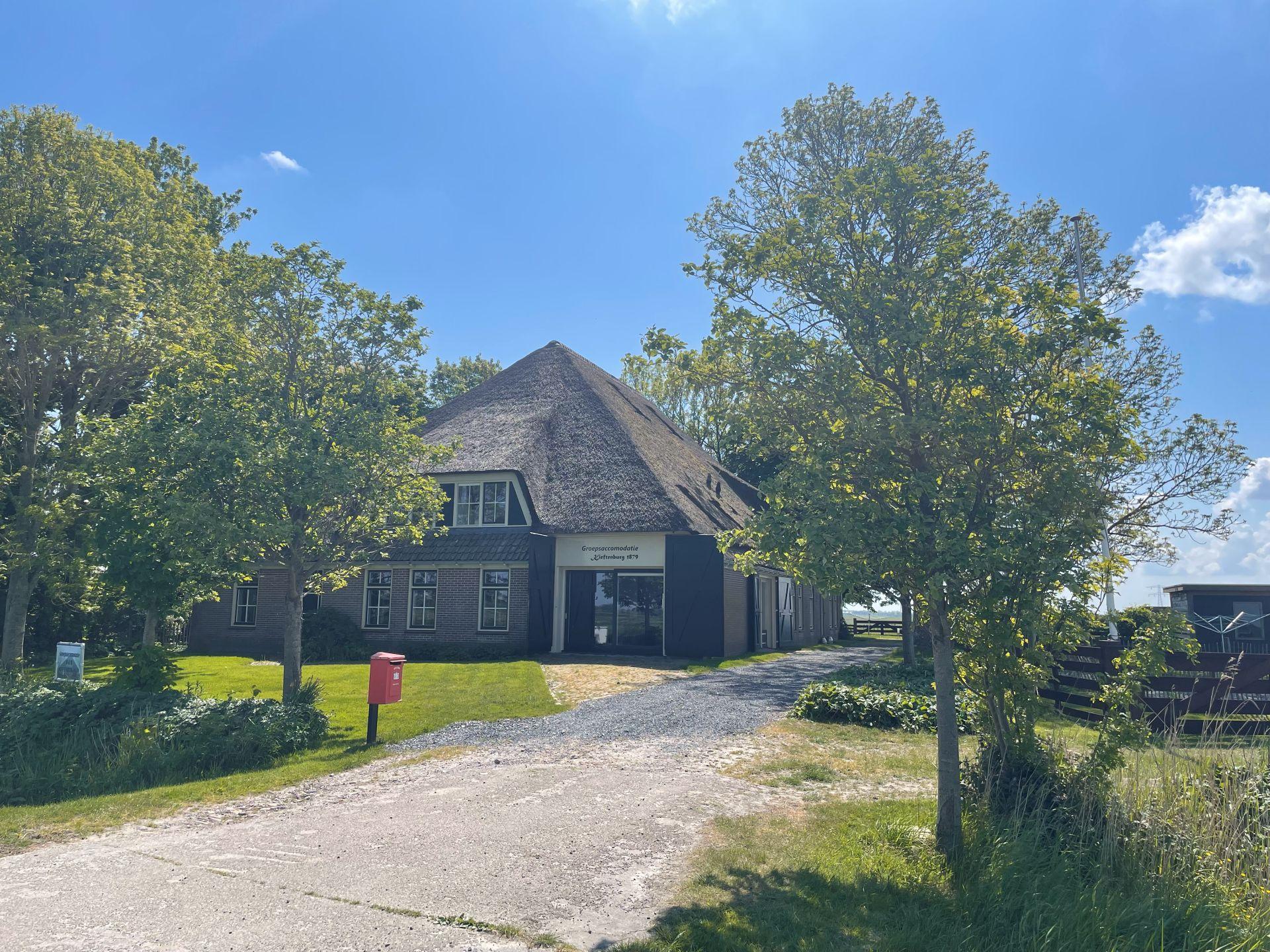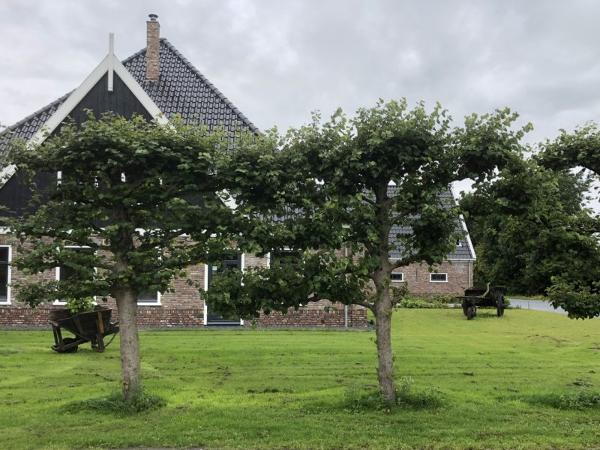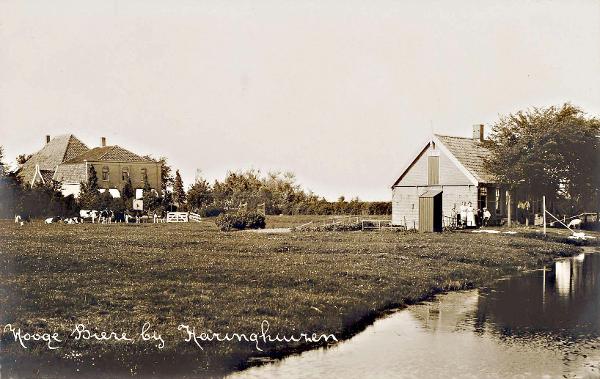The first stone of the double stolp farm was laid on 2 April 1879 by J. Spaans. There was already a stolp called ‘Kieftenburg’ on the Hogebierenweg, but it burned down in 1878. It is uncertain where the name of the farm comes from. In West Friesland a lapwing is called a ‘kieft’, but it is derived from ‘kiften’ or to quarrel. The name ‘Kieftenburg’ has been around for centuries.
It is uncertain where the name of the farm comes from. In West-Friesland a lapwing is called a ‘kieft’ but it derives from ‘kiften’ or to quarrel. The name ‘Kieftenburg’ has been around for centuries.
On the Hogebierenweg stood the historical barn called ‘Kieftenburg’. The farm burned down on Wednesday 18 December 1878 after a lightning strike. Due to the thunderstorm, a watermill in the Woudpolder of the municipality of Oudkarspel also burned down that evening. Kieftenburg was the farm of R. Spaans. During the fire, even calves died. Spaans’s servant, Pieter van Leeuwen, had saved the remaining cattle of 16 cows and 3 horses. Spaans was not home during the fire.
Van Leeuwen brought the family with six children who were already in bed to safety with difficulty. In March 1879, Van Leeuwen received a medal of honor for his courage during the fire at Kieftenburg. Spaans had a new double farmhouse built on the Hogebierenweg and the first stone was laid on April 2, 1879 by the five-year-old J. Spaans. In the second half of the 20th century, the Kieftenburg was in poor condition. It was bought by someone with a background in construction. The farmhouse was renovated and restored to its former glory.
The current owners bought the farm in mid-2020 and set up part of it as a B&B and group location. For more information, see the website: kieftenburg1879.com.
Sources: Website www.kieftenburg.com




